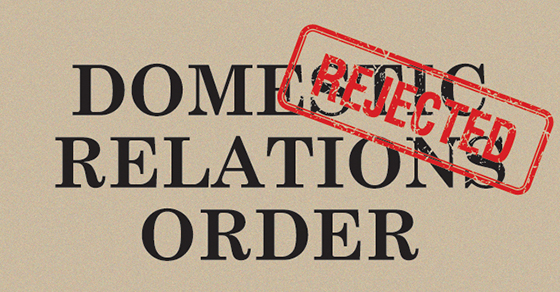New tax law gives pass-through businesses a valuable deduction
[mp_row]
[mp_span col=”12″]
Although the drop of the corporate tax rate from a top rate of 35% to a flat rate of 21% may be one of the most talked about provisions of the Tax Cuts and Jobs Act (TCJA), C corporations aren’t the only type of entity significantly benefiting from the new law. Owners of noncorporate “pass-through” entities may see some major — albeit temporary — relief in the form of a new deduction for a portion of qualified business income (QBI).
A 20% deduction
For tax years beginning after December 31, 2017, and before January 1, 2026, the new deduction is available to individuals, estates and trusts that own interests in pass-through business entities. Such entities include sole proprietorships, partnerships, S corporations and, typically, limited liability companies (LLCs). The deduction generally equals 20% of QBI, subject to restrictions that can apply if taxable income exceeds the applicable threshold — $157,500 or, if married filing jointly, $315,000.
QBI is generally defined as the net amount of qualified items of income, gain, deduction and loss from any qualified business of the noncorporate owner. For this purpose, qualified items are income, gain, deduction and loss that are effectively connected with the conduct of a U.S. business. QBI doesn’t include certain investment items, reasonable compensation paid to an owner for services rendered to the business or any guaranteed payments to a partner or LLC member treated as a partner for services rendered to the partnership or LLC.
The QBI deduction isn’t allowed in calculating the owner’s adjusted gross income (AGI), but it reduces taxable income. In effect, it’s treated the same as an allowable itemized deduction.
The limitations
For pass-through entities other than sole proprietorships, the QBI deduction generally can’t exceed the greater of the owner’s share of:
- 50% of the amount of W-2 wages paid to employees by the qualified business during the tax year, or
- The sum of 25% of W-2 wages plus 2.5% of the cost of qualified property.
Qualified property is the depreciable tangible property (including real estate) owned by a qualified business as of year end and used by the business at any point during the tax year for the production of qualified business income.
Another restriction is that the QBI deduction generally isn’t available for income from specified service businesses. Examples include businesses that involve investment-type services and most professional practices (other than engineering and architecture).
The W-2 wage limitation and the service business limitation don’t apply as long as your taxable income is under the applicable threshold. In that case, you should qualify for the full 20% QBI deduction.
Careful planning required
Additional rules and limits apply to the QBI deduction, and careful planning will be necessary to gain maximum benefit. Please contact us for more details.
[/mp_span]
[/mp_row]






